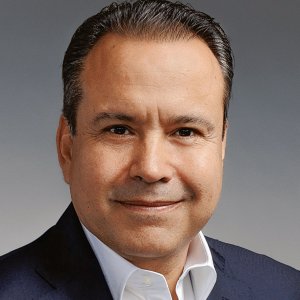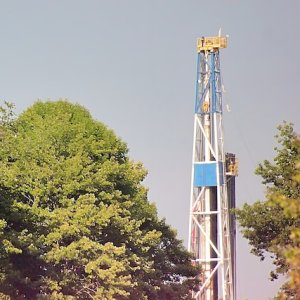
Participation of Small Hydroelectric Projects
Large and small hydroelectricity projects have defined roles and use different types of resources and infrastructure. While large scale hydroelectric projects involve the use of dams, small projects can be managed as run-of-theriver hydropower plants, in which little or no storage is provided, whereas traditional storage power plants range from 1MW to 50MW. For example, Canadian law dictates small hydropower projects can reach up to 50MW, but in the US these are limited to 30MW. However, international regulations do not vary for mini hydro projects that can reach up to 1MW. In order to be considered a micro hydro power plant, a project’s capacity may not exceed 100kW. Research states that the total installed hydroelectric capacity stood at 1.1TW at the end of 2013, taking into account both large scale and small hydro projects.
Small and mini hydroelectric projects offer the advantage of having a lower environmental impact since they do not require large-scale flooding and deforestation, as opposed to large scale projects and dams. Furthermore, large hydroelectricity plants need substantial amounts of investment, depending on the size of the dam that needs to be built. In this sense, small hydropower projects represent an opportunity for a broader range of private sector participants. These projects are faster to construct and offer higher rates of return since the capital investment as well as operational and maintenance costs are lower. In addition, another advantage of small hydropower projects is that the social impact is reduced since less land is needed for a project.
Despite the fact that run-of-the-river hydropower plants are environmentally and socially less aggressive, their main disadvantage is that they depend on the flow of the river for energy, effectively becoming an intermittent resource as opposed to dams, which can be made to act as a base energy provider.
The total worldwide installed small hydropower capacity was expected to reach 113GW in 2013, growing at 2.9% year on year. China is by far the largest small hydropower market, accounting for 55.3% of the total installed capacity in 2011 with 59GW, followed by India and the United States, with 9% and 6.9%. The total installed capacity of small hydropower projects represents 10.2% of the total global hydroelectric installed capacity of 1.1TW. In Mexico, most hydroelectric projects in the energy mix are owned and operated by CFE. However, small hydropower projects are being increasingly considered by energy companies as a competitive and affordable alternative to generate renewable energy. According to CRE data, 289MW of small hydroelectric projects are under construction in states such as Veracruz, Jalisco and Sinaloa, which are expected to all be operational at the beginning of 2016. There are more hydroelectric projects categorized as self-supply projects, however, out of the 23 projects in the hydroelectric pipeline, nine will be operating under the independent power producer scheme. According to the permits granted by CRE, these small hydroelectric projects that are being developed by the private sector represent a total investment of US$434 million in the 2012-2016 period. There are 14 small hydroelectric projects under 30MW operating in Mexico today, making up a cumulative installed capacity is of 119MW; considering the amount of projects that are expected to start operating, the market will grow in 143% by 2016. In the case of Mexico, small hydroelectric projects represent 1% of the country’s total installed hydropower capacity, while the rest is covered by large hydro projects.
















